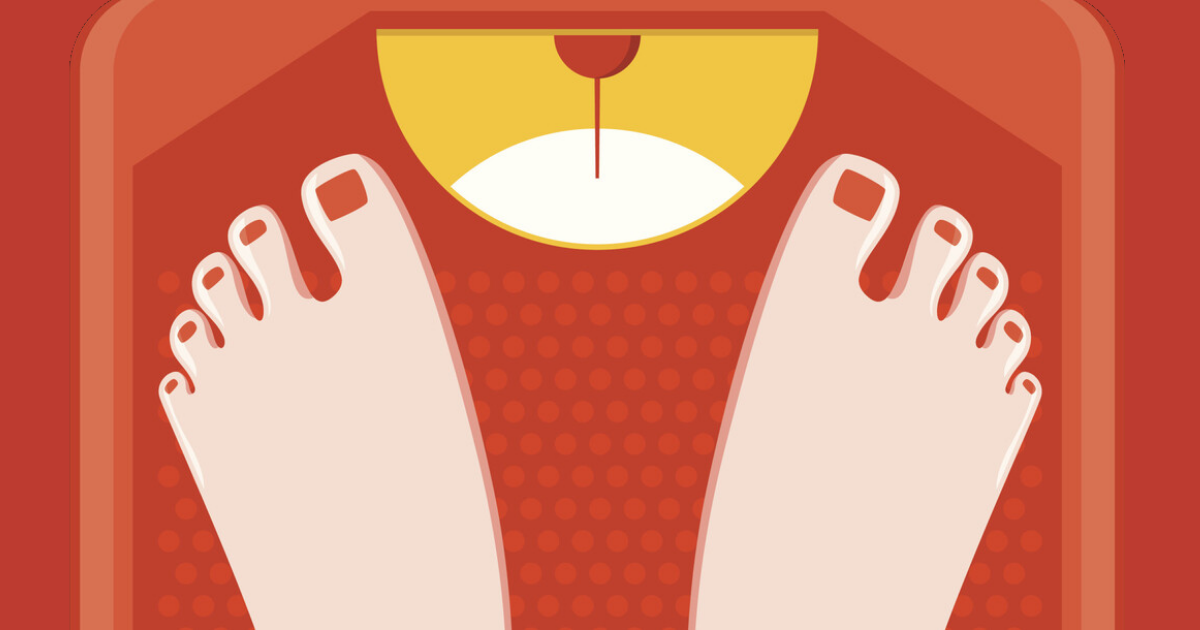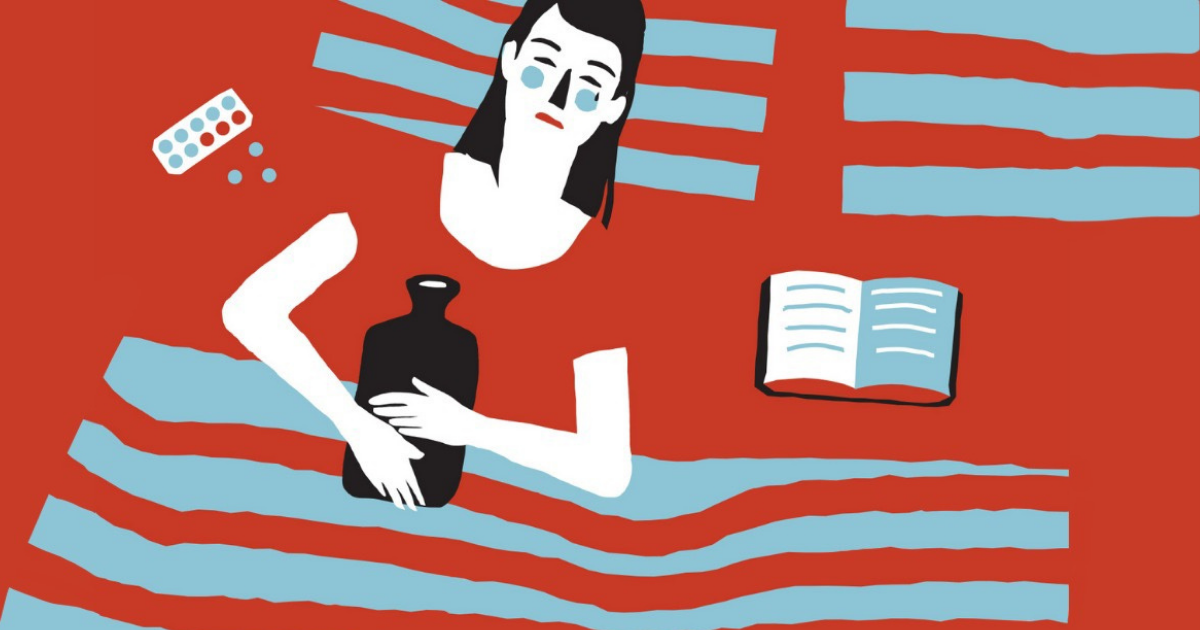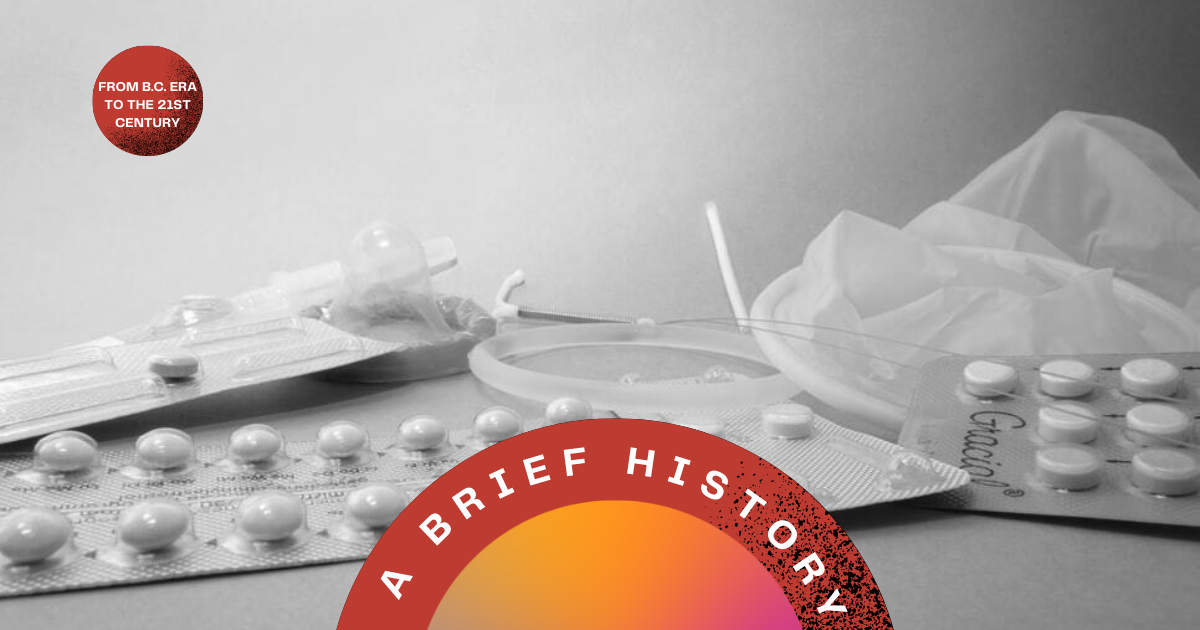The truth about birth control and weight gain: it is largely due to water retention instead of actual increase in body fat!
Are you reluctant to get birth control because you believe it may cause weight gain?
Weight gain is a common risk that most women are afraid of when it comes to birth control. And we do recognise why this may be a cause of concern. It’s one of those side effects you’re bound to constantly debate about with your girlfriends and still come to no clear conclusion at the end of the day.
But is this necessarily true?
With a wide range of birth control options available now, it’s inevitable different individuals may react differently as well. Especially as birth control is more effective if you use it consistently, weight gain is also attributed to other factors such as lifestyle habits and routines or changes in metabolism as you age.
Most women don’t experience weight gain
This may come as a form of reassurance but the majority of people on birth control do not actually experience weight gain. Any initial increase in weight is due to water retention rather than an increase in body fat and mass. As birth control may initially lead to water retention, you may feel a little bloated at the start. These effects are temporary and go away within a few weeks after starting birth control.
In fact, a 2008 study of 150 female athletes over two years found that oral contraceptives did not cause weight or fat mass gain. Similarly, a 2014 systematic review revealed that there was no significant causal relationship between weight gain and combination contraceptives as women taking birth control, compared with those in the placebo group, showed no substantial difference in weight.
All in all, the hormones in birth control may trigger bodily changes but the idea that birth control leads to lasting weight gain is not a factual claim.
Higher estrogen levels
Combined hormonal contraceptives such as birth control pills, patches and even the vaginal ring typically contain estrogen which prevents ovulation. This occurs as a compound (renin-angiotensin) created by the kidneys becomes stimulated because of the additional estrogen circulating throughout your body. This prompts your body to retain more fluid before your period. Essentially, higher estrogen levels may lead to a slightly higher level of water retention for those on the pill. However, there will usually be a decrease in weight after your period is over.
Most birth control pills have approximately 30 to 35 micrograms of hormones but if you’re worried about the current dosage of estrogen in your pills, it’s best to consult your doctor and opt for a low-dose estrogen pill which will contain around 20 micrograms of estrogen.
Higher doses of estrogen can potentially stimulate appetite, which may cause increased calorie intake in some women.
Birth control implants and shots may be exceptions
Hormonal implants, which are a form of long-term, reversible birth control may cause weight gain. This method works by inserting an implant into your arm, thereby releasing a synthetic hormone called etonogestrel into your bloodstream. Etonogestrel imitates progesterone by attempting to regulate your menstrual cycle alongside estrogen.
Birth control shots can contribute to an increase in weight gain from water retention as its effects are meant to last for three months. Alternatively, you may want to opt for low-dose estrogen birth control pills instead.
A final note
Always check with your doctor if you’re worried about the potential side effects or switching to a new type of birth control that fits your lifestyle. Other plausible causes for sudden weight gain may also be due to underlying health conditions such as thyroid disorders and diabetes. If you do experience bloating, keep in mind it is only temporary and there are other ways you can cope!
Here are some tips on how to reduce water retention:
- Lesser salt intake
- Staying well-hydrated
- Exercise consistently to move your muscles
- Wearing compression stockings during prolonged standing
At Siena, we want to find the most effective and suitable birth control for you that also steers you away as much as possible from any unwanted side effects! Speak to any of our female doctors now from the comfort of your own home to explore your options.
References:
- Contraception: Do hormonal contraceptives cause weight gain? (2017, June 29). Institute for Quality and Efficiency in Health Care. https://www.ncbi.nlm.nih.gov/books/NBK441582/.
- Gallo, M. F., Lopez, L. M., Grimes, D. A., Carayon, F., Schulz, K. F., & Helmerhorst, F. M. (2014). Combination contraceptives: effects on weight. Cochrane Database of Systematic Reviews.
- Khoo, B.K. (2020, January 12). What causes water retention and how to deal with swollen ankles and fingers. CNA. https://cnalifestyle.channelnewsasia.com/wellness/water-retention-edema-swelling-ankles-legs-causes-solutions-12230540.
- Low dose birth control. (2021, May 26). Pandia Health. https://www.pandiahealth.com/resources/low-dose-birth-control/.
- Polk, J. (2017, October 24). I Gained 15 Pounds After Going on the Pill — So I Spoke to Gynecologists to Find Out Why. Health. https://www.health.com/condition/birth-control/birth-control-weight-gain.
- Procter-Gray, E., Cobb, K.L., Crawford, S.L., Bachrach, L.K., Chirra, A., Sowers, M., Greendale, G.A., Nieves, J.W., Kent, K., & Kelsey, J.L. (2008). Effect of Oral Contraceptives on Weight and Body Composition in Young Female Runners. Medicine & Science in Sports & Exercise, 40(7), 1205–1212.




